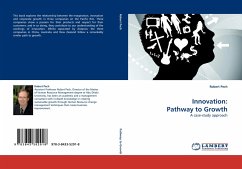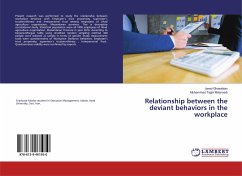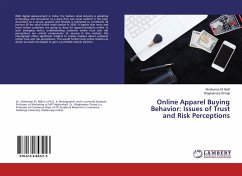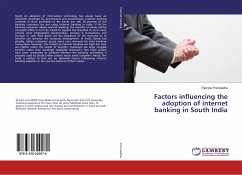The relation between trust and innovation has been the object of numerous researches in the permanent organization literature. Several authors, such as Ellonen (2008), Das & Tang (2001), Mayer et al (1995), recognized that trust positively affects innovation. However, other researchers (e.g. Nooteboom, 2006; Herting, 2002) argued about the existence of a curvilinear relation, meaning that trust enhances innovation only up to a certain level. The aim of this study is to analyze if the relation between trust and innovation is the same in a temporary setting as in permanent setting. Considering the differences of characteristics between permanent and temporary organizations, the relationship between trust and innovation could be different in the two forms of organization. In this research, the researcher looked at the relationship between the level of trust between individuals in a dyad and the level of innovative outcome of these individuals, resulting in the research question: To what extent does the level of interpersonal lateral trust between partners in a temporary organization affect the innovative outcome of the partners?
Bitte wählen Sie Ihr Anliegen aus.
Rechnungen
Retourenschein anfordern
Bestellstatus
Storno








